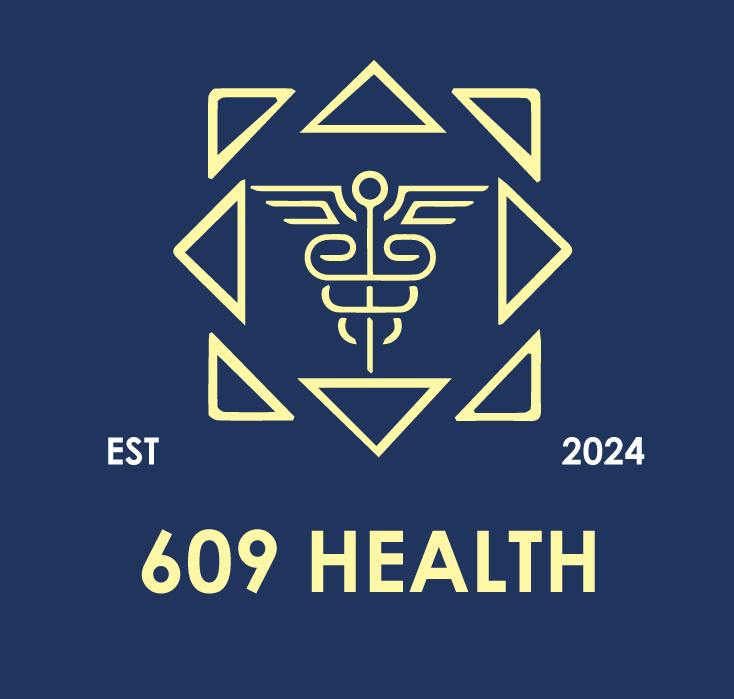“Not all high writers are high opportunity—and not all low writers are low potential.”
The Truth About Life Sciences Marketing
There’s a dirty little secret in life sciences marketing: most campaigns still run on volume, not value.
When budgets get approved, the instinct is to double down where the scripts are already coming from.
Decile 9s and 10s? Let’s double down.
Decile 3s and 4s? Ignore them.
That’s not targeting—it’s inertia.
If your HCP segmentation strategy hasn’t evolved since Excel got pivot tables, you’re wasting money and missing growth.
The Problem with Traditional Targeting
Most segmentation today is static and two-dimensional:
- Total volume (scripts written)
- Historical brand usage (loyalty)
It’s clean. It’s simple. It’s safe.
But it’s not smart.
This method ignores the context behind prescribing behavior: payer access, patient mix, adoption stage, or even referral influence.
It guarantees you’re over-investing in the already-convinced and under-investing in those who could grow.
A Smarter Approach to HCP Segmentation
At 609, we segment HCPs into five high-impact behavioral archetypes. Each one needs:
- Its own message
- Its own channel mix
- Its own metric for success
1. The Engaged Loyalist
High writer, high adoption. Reinforce—but don’t overspend. Focus on retention and access support.
2. The Emerging Adopter
Rising script volume, early stage. These are high-ROI targets—especially if access is favorable.
3. The Competitor Champion
High writer, wrong brand. Use differentiated messaging and strong payer leverage. Ask: “What’s blocking the switch?”
4. The Diagnosing Referrer
Low scripts, but sees qualifying patients. Prioritize education and referral enablement over sales pressure.
5. The Dormant Opportunity
Currently inactive, but shows signs of interest (e.g. site visits, email opens, aligned patient base).
Don’t ignore—nurture.
Don’t Just Segment—Activate
Once your HCP types are defined, you can tie each to smart, orchestrated action:
- Media: Run programmatic ads to emerging and dormant adopters—not just top prescribers.
- Field: Equip reps with behavioral-based call strategies—not just territory-based scripts.
- Access: Customize affordability messaging and patient support tools based on current HCP needs.
The 609 Take
The most powerful insights don’t come from more data.
They come from a better lens on the data.
That’s what we do at 609:
- Define high-yield HCP segments
- Align them with real-world constraints
- Deliver activation plans that actually make sense
Because the goal isn’t to reach every HCP—it’s to move the right ones.


